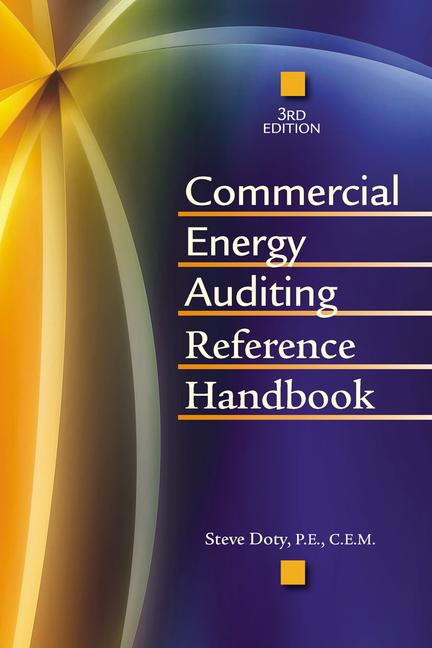In the quest to cut energy bills, no opportunity should be ignored. For high-rise buildings, that includes the elevators. While rarely using more than 5% of a building’s total electricity, elevators nevertheless draw significant power when running, and (depending on age and design) they may consume a surprising amount of energy when in standby mode. The cost of upgrades to cut those costs may be quite high, however, and best done when a new building is in the design stage, or (in existing buildings) when elevator equipment is being replaced for other reasons.
Old Elevators May Be The Worst
Some older buildings still use motor-generator (MG) sets that convert AC power into DC. For many years, they offered smoother motor control than what was possible with AC motors. Such traction motor systems were, however, relatively inefficient, wasting power not only during the AC/DC conversion but also during standby mode: losses as high as 25% have been measured. Starting in the ’60s, motor controllers using solid-state SCR (silicon controlled rectifier) circuitry greatly improved AC/DC conversion efficiencies and pulled much less power in standby mode. Many elevators installed in the last 10 years also use VSDs with AC motors, achieving smooth operation while using less electricity.Hydraulic elevators (common in two- and three-story buildings, or to lift people from street level to a main floor) are also relatively energy inefficient, while posing occasional fluid leakage problems. At least one major elevator manufacturer no longer offers them.
Cooling Adds Costs
A significant bonus from higher elevator energy efficiency is a reduction in system heat output that may otherwise require machine room air conditioning. In some cases, such continuous cooling service may boost overall elevator system power consumption by 40%. Failure to keep solid-state circuitry cool, however, may result in system shutdown. In a building erected in 2005, exhaust fans were instead used to cool elevator machine rooms. That worked fine in winter but, come the first spring, the control system conked out so often that inefficient window A/C units - running 24/7 - had to be hurriedly installed to keep the elevators running.New Technology Options
Further advances in elevator technology are now available with new equipment that offers even greater efficiencies. Machine room-less systems place the motor, controller, and other components atop the elevator cab, which eliminates the need for separate cooling while cutting the overall system footprint. Regenerative braking systems now exist that, like hybrid cars, generate power while slowing cabs, further reducing net power consumption.Conversion of cab lighting from incandescent to CFL and LED (several standard upgrade packages are now available) cuts both lighting and cab cooling requirements. An ancillary improvement in lighting quality may result: many cab lighting systems have built-in step dimmers that extend incandescent lamp life but also shift color output into the yellow part of the spectrum, making cab surfaces (and occupant clothing) look dingy.
Other lighting and cab cooling savings may be achieved by sensors that turn off cab lighting while elevators are in standby mode (often 50% or more of their operating hours). Lights come back on before cab doors open, so users never see a dark cab.
Determining Savings
While lighting and cab cooling savings are relatively easy to quantify, savings for systems equipped with VSDs and/or complex dispatching algorithms require a higher level of mathematical analysis. Simulation software is available to try to determine savings, but a track record demonstrating accuracy does not yet exist. Practical experience has found that submetering of actual elevator loads is the best way to determine usage of existing systems, preferably including part of a cooling season to show machine room A/C consumption.Such analyses have found a wide range of paybacks, ranging from 20 years to over 200 years. The bottom line: at this time, it does not appear to be cost-effective to upgrade elevators purely for energy purposes. Doing so as part of upgrades for other reasons, however, may help achieve a better ROI.



